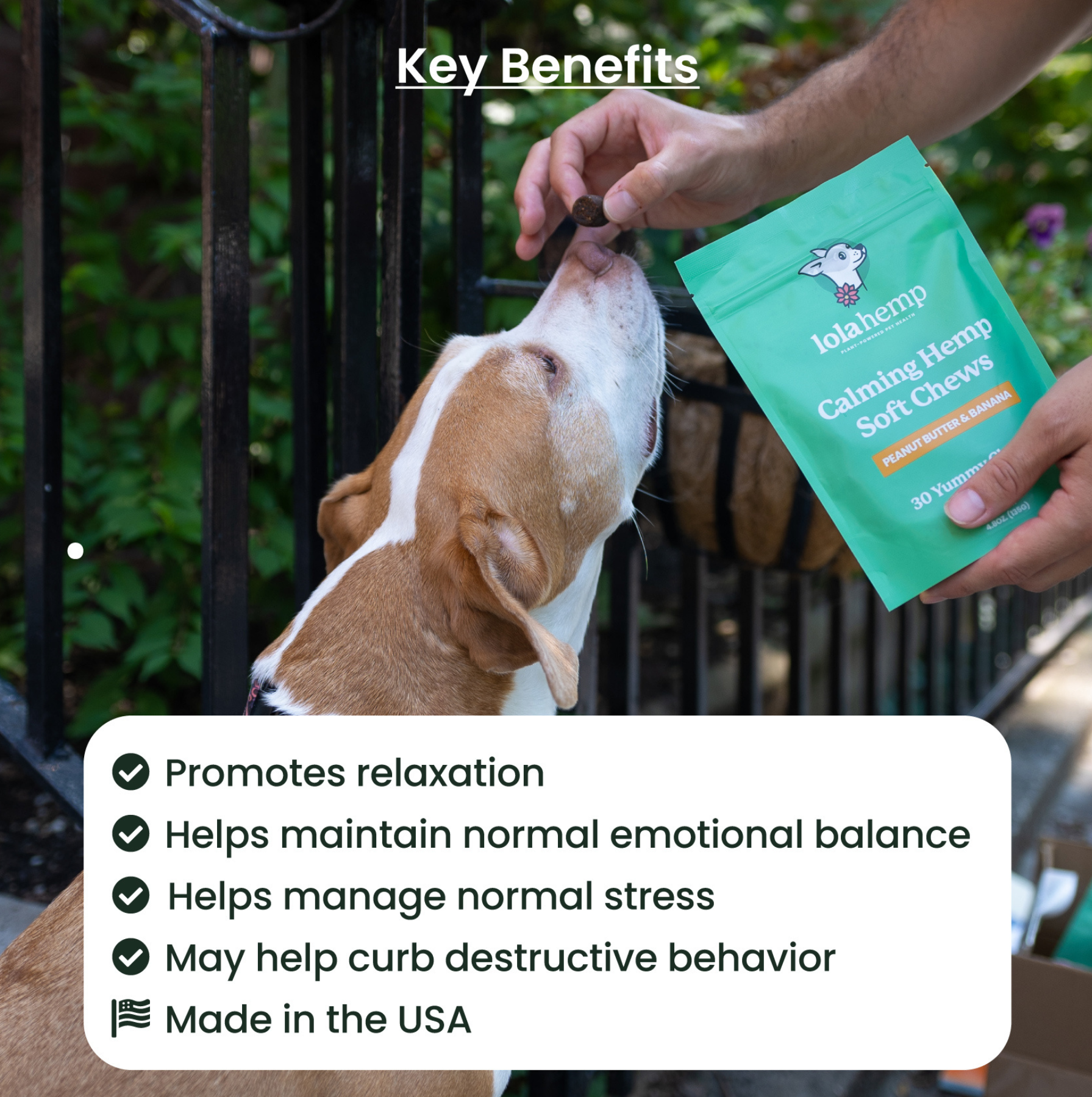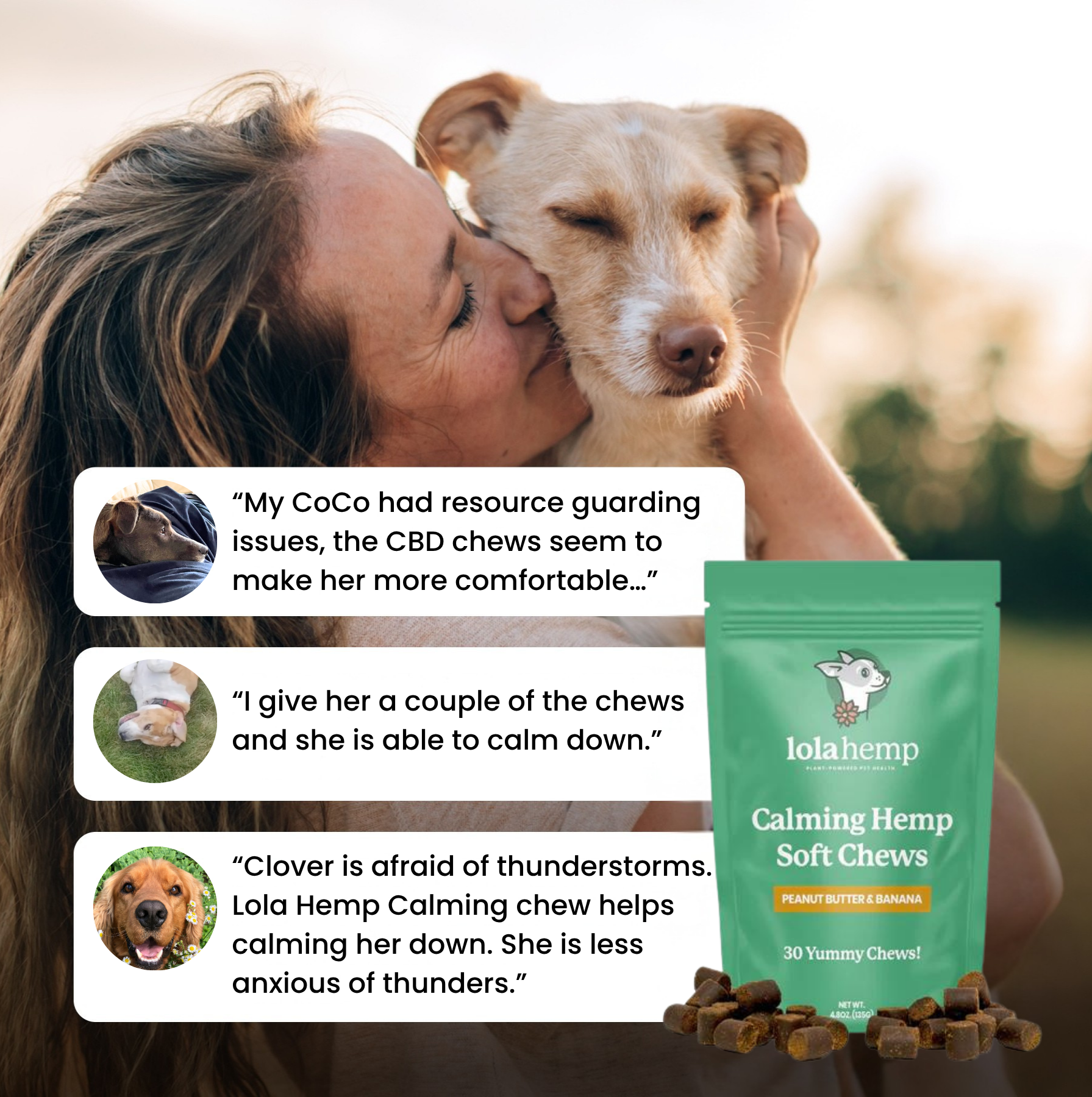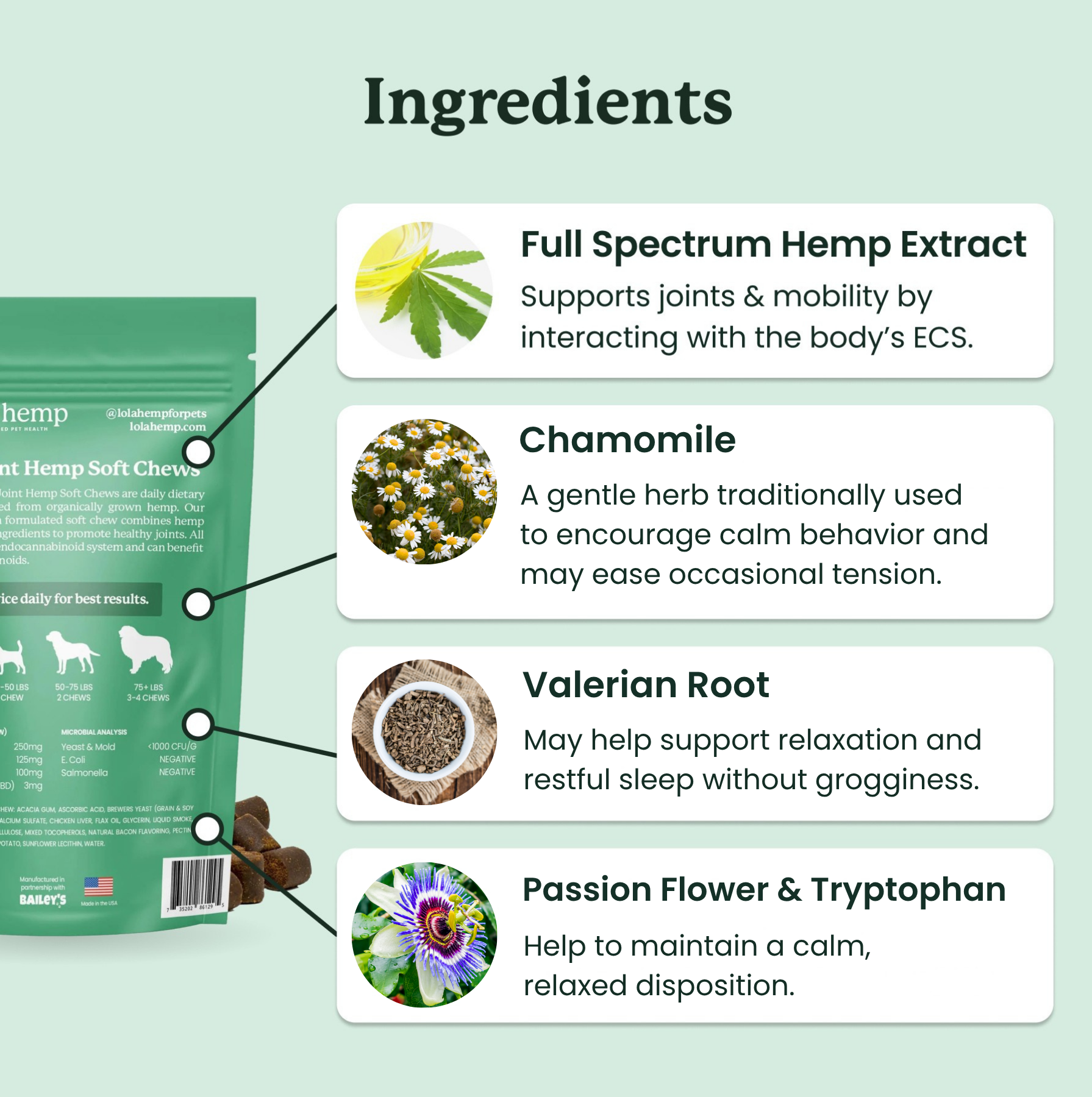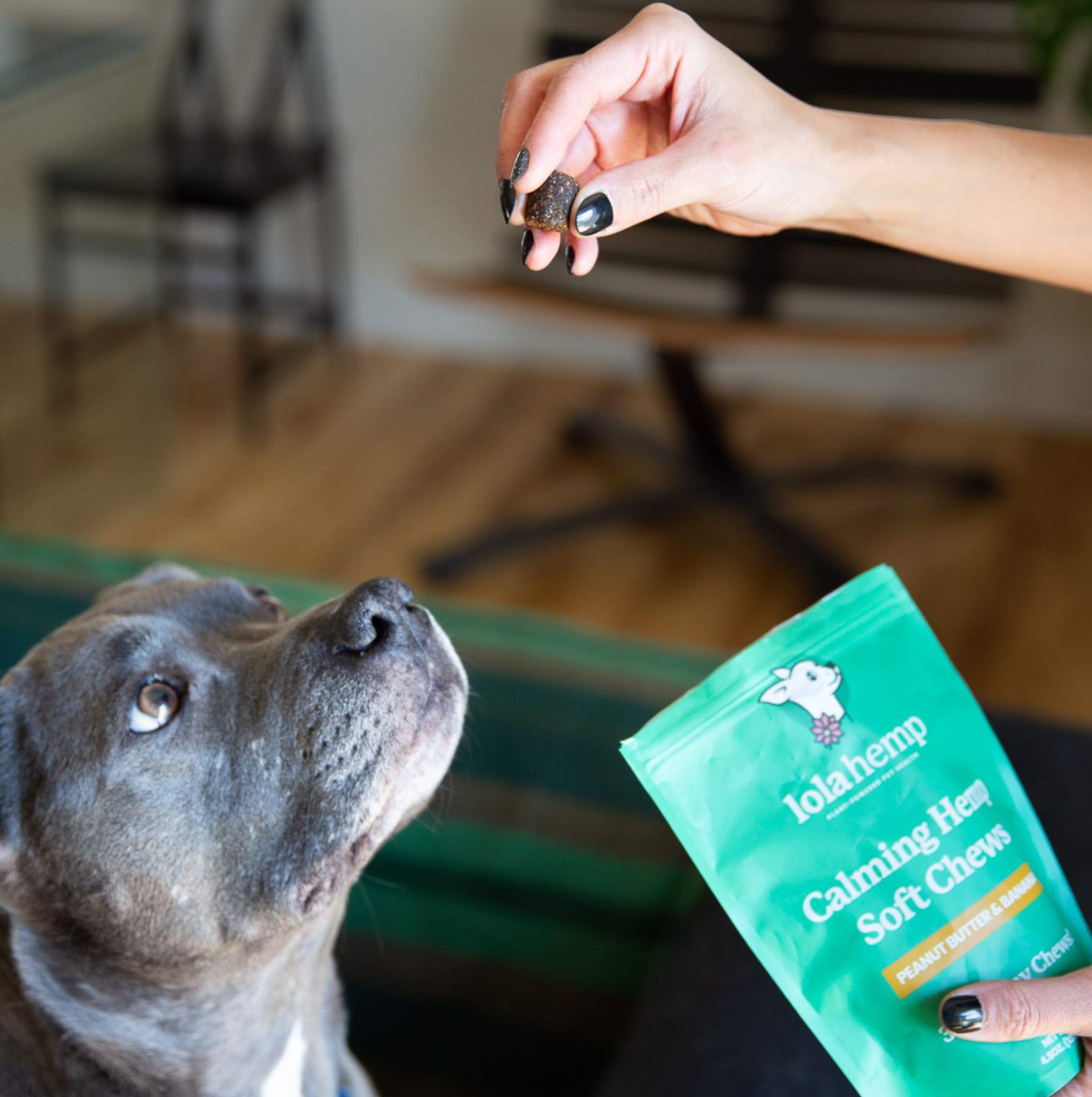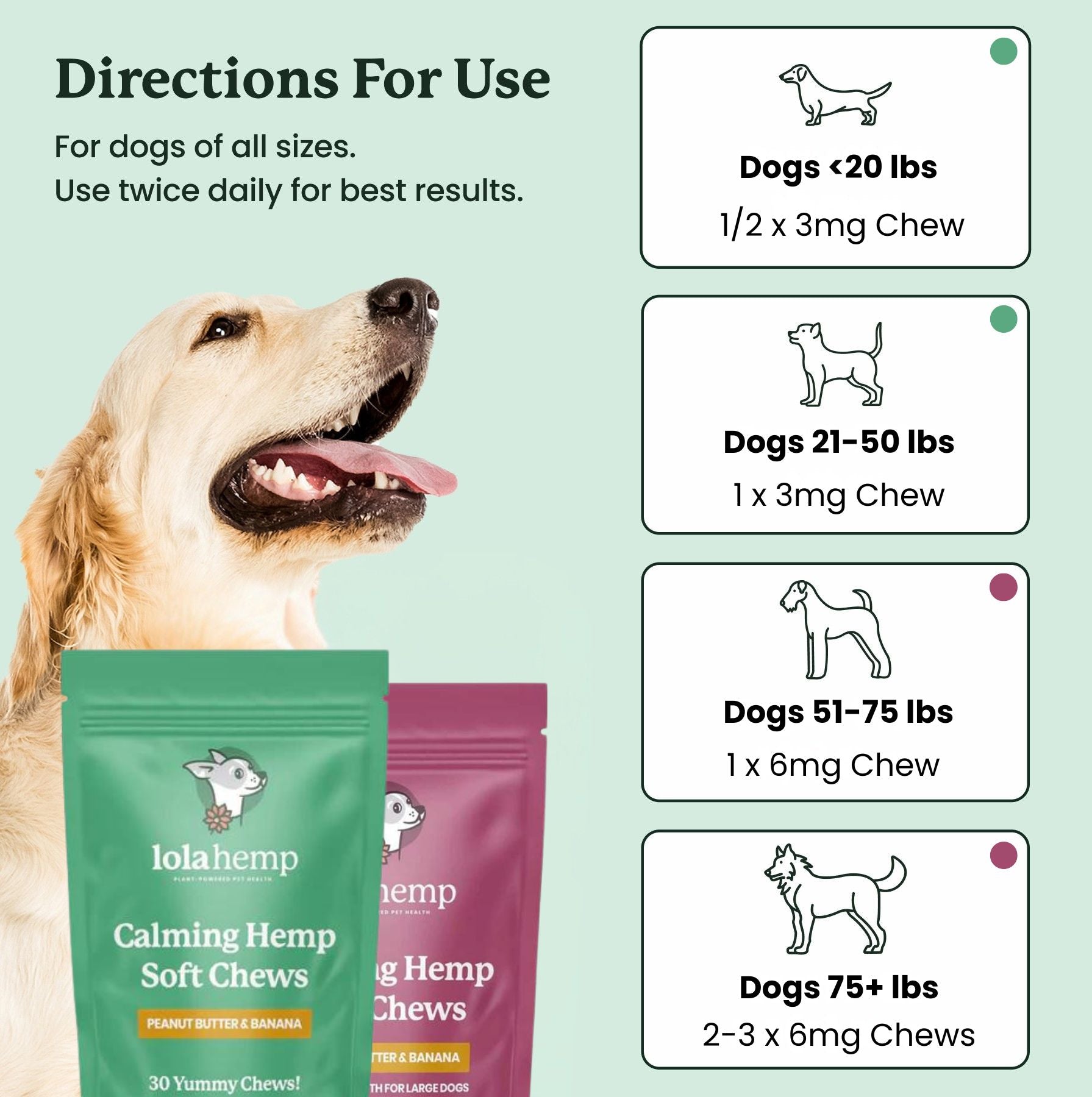If your new dog is taking a while to settle into your home, understanding the 3-3-3 rule can be a good way to put your pet's experience into perspective.
The 3-3-3 rule faces some criticism because it simplifies a difficult experience for rescue dogs, all with different personalities and past experiences that may cause serious anxiety. At the same time, many dogs share similarities in how long it takes them to get adjusted to new environments and families.
Let's look at the 3-3-3 rule, and afterward, we'll point out some areas where the rule might not apply to your new dog.
What is The 3-3-3 Rule for Dogs?
The 3-3-3 rule states that dogs take three days to settle down after entering a new home, three weeks to get adjusted to the routine of your household, and three months to become comfortable and open to deeper bonding.
- First 3 Days: Your dog may be timid, fearful, or even skittish. Some dogs may also be defensive or reactive. Give them space, address their needs, and offer vocal support, but avoid pushing physical contact.
- First 3 Weeks: Hesitancy should begin to fade. Your dog will start adjusting to sleep schedules, household activities, and routines. By week three, they may start anticipating daily events.
- First 3 Months: Anxiety decreases, and your dog becomes more familiar with people and the environment. After the first month, routines become more ingrained, and deeper bonding can begin.
While the 3-3-3 rule hasn't been scientifically studied, it aligns with research on dog behavior and serves as a general guideline for pet owners.

Can You Rely on The 3-3-3 Rule When Adopting?
If your dog struggles to adjust, you may wonder if the 3-3-3 rule applies. Start by considering your dog's past experiences.
Dogs that have faced abuse, neglect, or serious adversity may need more time to adjust. In some cases, working with a behaviorist may be necessary.
Still, three studies support key aspects of the 3-3-3 rule:
- Initial Stress Response in New Environments: A study found that dogs' cortisol levels increased by one-third after six weeks in a shelter. However, six weeks post-adoption, cortisol levels returned to normal, suggesting adaptation. (phys.org)
- Formation of Attachment Bonds: Research indicates that dogs can form new bonds with humans after as few as three handling encounters, especially in shelter environments. (researchgate.net)
- Influence of Owner Interaction on Stress Levels: A study found that dogs' cortisol levels correlated with the amount of positive physical interaction they received, suggesting that owner engagement impacts stress levels. (Frontiers in Psychology)
While many dogs will follow the 3-3-3 rule, others may take longer to adjust due to past experiences, health conditions, or temperament.
3 Reasons Your Dog May Not Follow This Rule
1. Past Experiences & Temperament
Dogs that have experienced trauma, neglect, multiple rehomings, or poor socialization may need much longer to adjust. Additionally, breed temperament plays a role—some breeds are naturally more reserved or independent.
Examples:
- A dog rescued from a hoarding situation may take months or years to trust humans.
- A naturally cautious breed (e.g., Greyhound, Basenji) may take longer to settle in than an outgoing breed like a Labrador Retriever.
2. Physical & Emotional Well-being
Health issues, chronic pain, or anxiety can delay adaptation. A dog experiencing discomfort may struggle to focus on adjusting to a new home.
Examples:
- A senior dog with arthritis may take longer to adapt to a new routine.
- A dog with separation anxiety or noise phobias may require additional time and behavioral support.
3. Environment & Owner Approach
The structure and consistency provided by the owner significantly impact adjustment. Dogs in calm, predictable homes with clear training tend to settle faster.
Examples:
- A dog moving into a quiet, patient household may adjust more quickly than one in a chaotic environment.
- A dog receiving consistent training, positive reinforcement, and socialization will likely adapt faster than one left to figure things out alone.
Conclusion
The 3-3-3 rule is a helpful benchmark for understanding your dog's adjustment period. While many dogs follow this pattern, others may take longer due to their history, temperament, or environment.
If your dog hasn't fully adjusted after three months, don’t worry—every dog is different. With patience and the right support, most dogs can successfully settle into their new home. If concerns persist, consulting a professional behaviorist may be beneficial.
Frequently Asked Questions About The 3-3-3 Rule for Dogs
What does the 3-3-3 rule mean for dogs?
The 3-3-3 rule suggests that dogs take about three days to decompress, three weeks to learn routines, and three months to fully feel comfortable and bonded in a new home.
Is the 3-3-3 rule scientifically proven?
No, the 3-3-3 rule isn’t based on formal research but is supported by behavioral patterns observed by trainers and studies related to stress, bonding, and adaptation in dogs.
What if my dog takes longer than three months to adjust?
That’s perfectly normal. Dogs who have experienced trauma or anxiety may need more time and patience. Working with a trainer or behaviorist can help.
How can I help my rescue dog adjust faster?
Provide structure, consistency, and positive reinforcement. Use calm energy, regular routines, and avoid overwhelming your dog with new experiences too soon.
Does the 3-3-3 rule apply to puppies?
Puppies may adjust faster than adult rescues, but the general stages—decompression, routine adaptation, and bonding—still apply.


